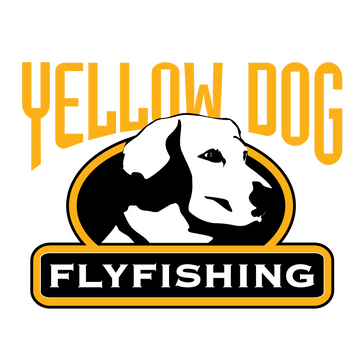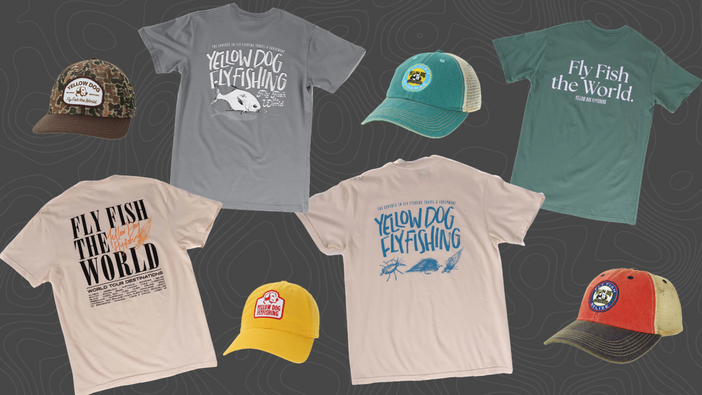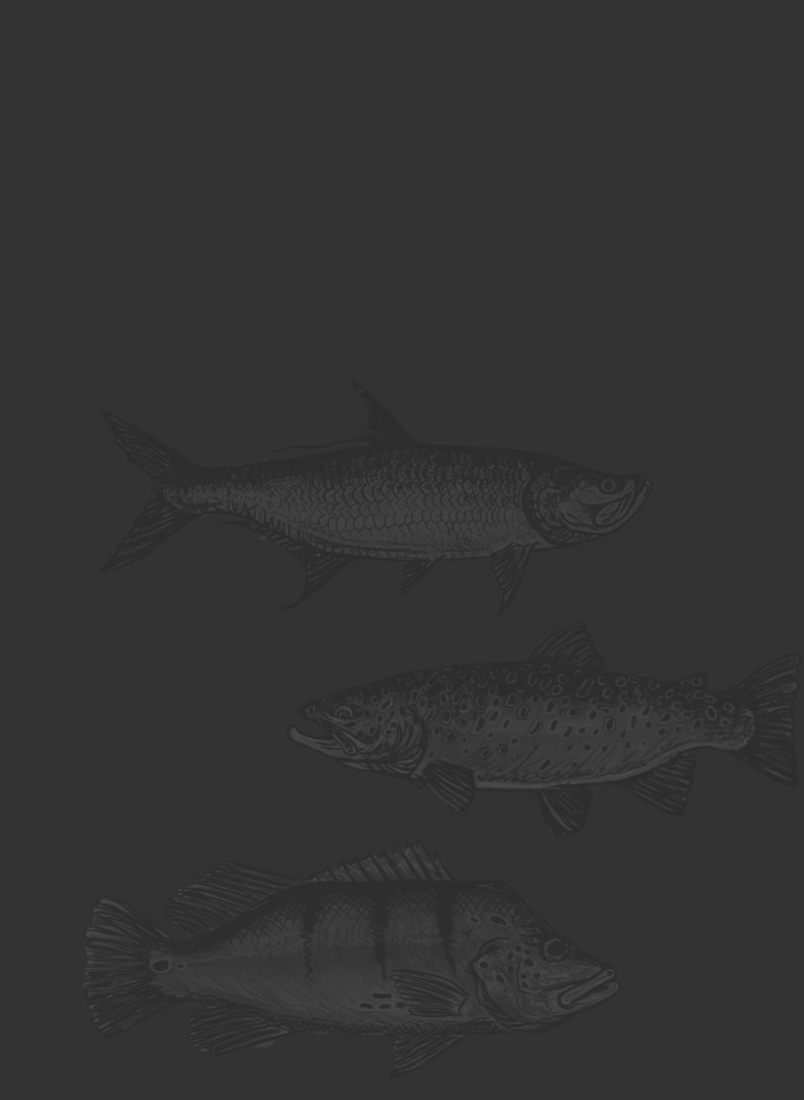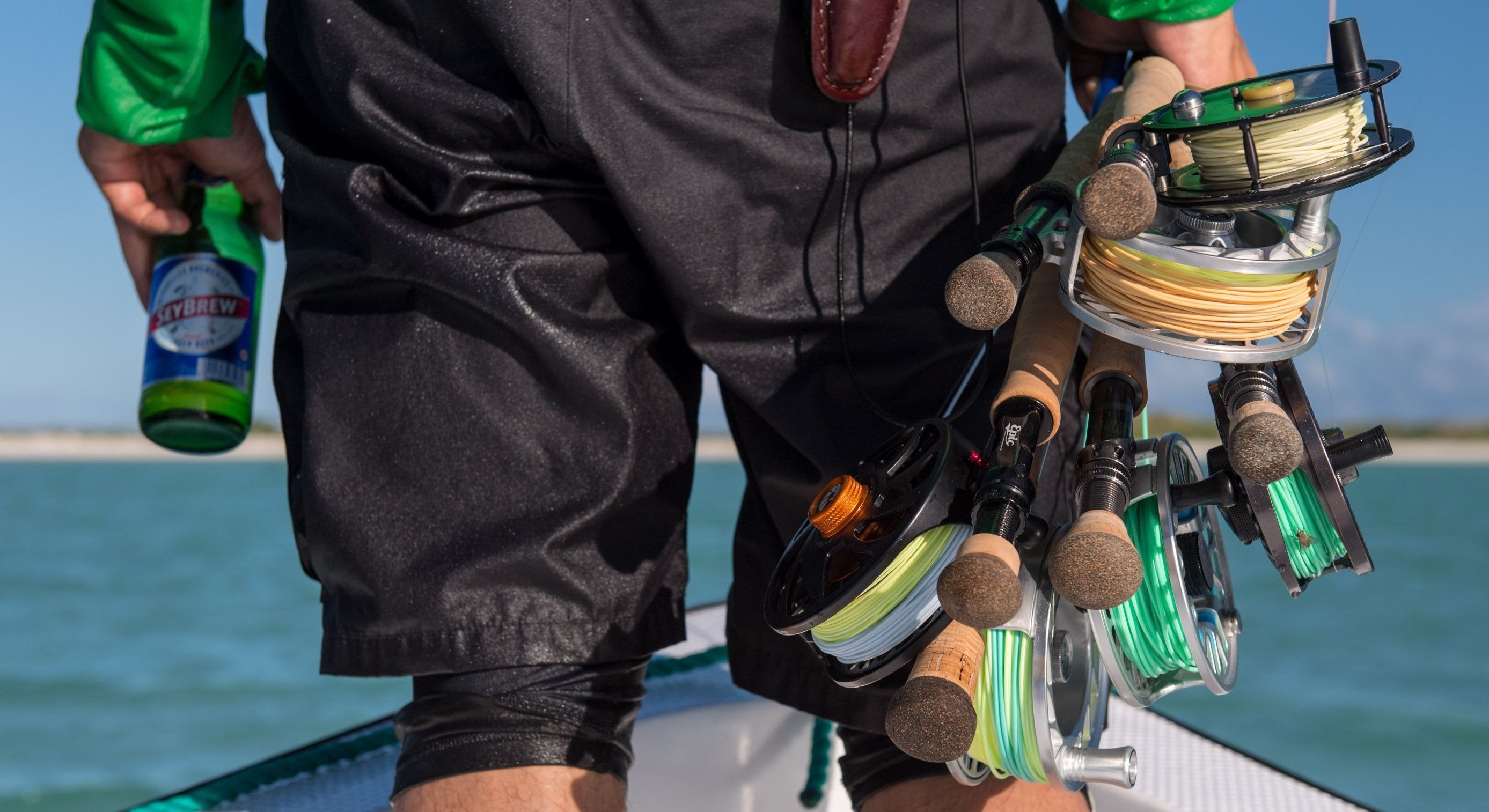Whether your fly-fishing trip is on the Madison or Henry’s Fork or to Patagonia, Canada, or Kamchatka, you may likely cast a grasshopper or cricket in hopes of bringing a large trout to the surface.
Here at our Yellow Dog Flyfishing Adventures headquarters in Bozeman, Montana, it is time to start thinking about fishing grasshoppers on our local waters. But a trout in Montana is similar to a trout in Patagonia or Kamchatka so an understanding of fishing a grasshopper pattern is important…and just plain fun.
To keep us from getting carried away, let’s simplify even more and just call anything that flies, hops and lives on the ground but eventually ends up in a trout stream a grasshopper.
Here’s some help to choose the best hopper pattern for any river, creek, or lake where a trout may swim.
The legs have it. Nearly all hopper patterns feature legs. From the original Dave’s Hopper and its dyed yellow grizzly hackle to the more modern hoppers fished today with Sexy Legs and Sili Legs, if you’re fishing a grasshopper pattern without appropriate appendages, you’re not really standing on all your collective angling legs. If your hopper has one leg and the fish still eat it, keep fishing it. Grasshoppers do not like to be on the water so they often injure themselves trying to escape once they land on water.
Go big and go foam. In the early 1990s, foam burst onto the angling scene. It had been used sparingly in a few patterns in the ‘70s and ‘80s, but it wasn’t until the Chernobyl Hopper became commonplace that anglers embraced foam. Nearly thirty years later, finding a foamless hopper pattern is a challenge. The foam allows a large hopper to float for long drifts, and a longer drift means a better chance at catching a fish. Foam flies are less likely to sink, allowing you to twitch a hopper in life-like movements. Hoppers present a big meal to a hungry trout. So fish a big hopper. Big fly…big fish.
Keep color choice simple. Bright green and flashy yellow hoppers look sexy in the fly bins and may seem like a good choice, but many experienced hopper anglers choose natural tones. Grey, tan, pale yellow, light peach, and olive will catch more fish than obnoxious colors.
Shape and profile play a vital role. Look closely at any natural grasshopper; their body is fatter at the head than at the tail. Choose a hopper pattern that tapers to better represent the real thing. As summer transitions into fall and trout have seen other anglers’ hoppers float by, choose a slimmer profiled hopper and one that will ride lower in the water. A Yellow Dog favorite of the tapered and low-lying hoppers are the Moorish Hopper and the Panty Dropper Hopper.
The eye of the hopper. It’s the thrill of the bite. Natural grasshoppers feature prominent eyes. Consider a trout a predator and a grasshopper its prey; a trout will use the eyes of its prey as confirmation of something live that it might want to eat. Any hopper pattern worth fishing will feature eyes. Trina’s Carnage Hopper has eyes and is often eye-catching to a hungry trout.

Trout are opportunistic feeders, and as anglers, we also need to be opportunistic when selecting flies to fish. Choose any of these flies for your next trout fly fishing trip. You and your guide will be much happier.
The trout, possibly not so.
Related Articles:





























